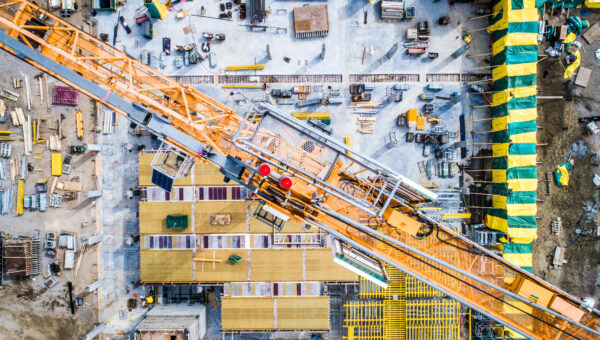
Increasing Mobility in a Rapidly Growing Urban Environment
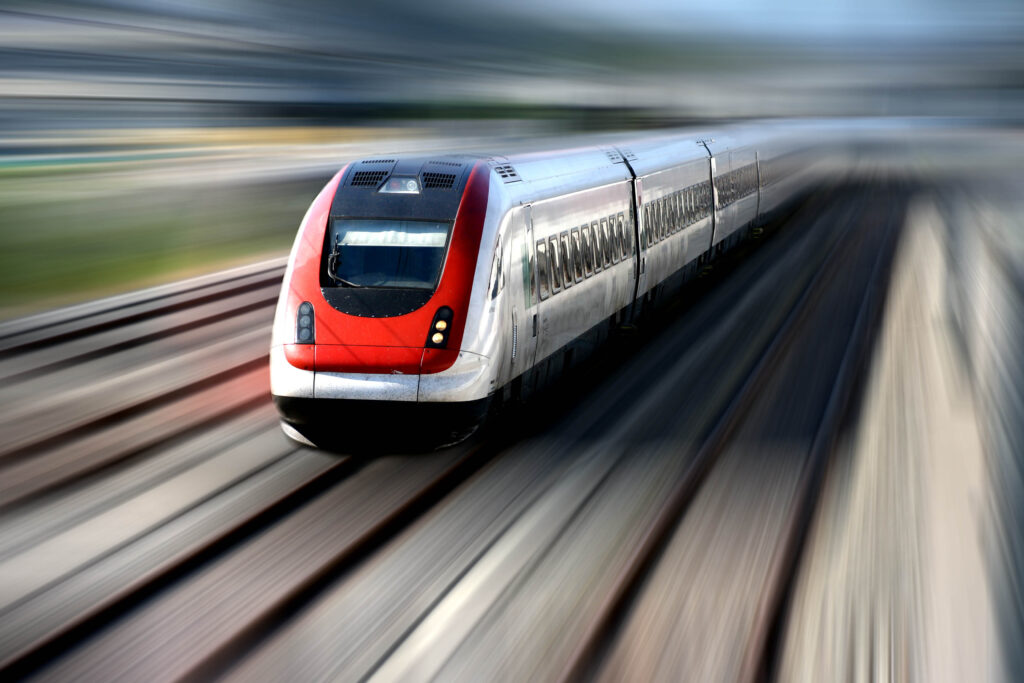
5 Cities That Are Embracing Innovative Transportation Technology
Written by Tom Gray, Senior Vice President at Capalino. To learn more about how we can help you bring new ideas to key industries like transportation, contact Tom Gray at tom@nullcapalino.com or 212-616-5819.
On August 2, transportation industry professionals gathered at City & State’s On Transportation forum to discuss the future of New York City’s transit system. At the Forum, speakers dug into new technologies and models of transportation service delivery that are transforming and improving the way people and goods move across the globe. The sustainability of our city, region and country depends on improving and diversifying transportation infrastructure, working to ensure we are living as sustainably as possible.
According to the United Nations, the world’s urban population is projected to increase from 3.4 to 6.4 billion between now and 2050. The New York City Department of City Planning projects NYC will balloon to 9 million residents by 2040, not including regional growth. The New York greater metropolitan area also includes Long Island, parts of the Hudson Valley; the five largest cities in New Jersey as well as parts of Pennsylvania and Connecticut. According to the New York Times, 1.6 million people commute into Manhattan every day, more than 400,000 or those workers commute from New Jersey alone.
Is growth outpacing our investment in mobility?
In a city where population growth is the reality, it is crucial to prioritize maintaining and strengthening transportation infrastructure. While the public sector continues to take step in the right direction, it cannot do it alone. Private sector companies continue to invest in technology, innovative solutions and data collection, and are driving the conversation alongside the most innovative cities.
Let’s take a look at what cities are doing around the world:
1. Rethinking Urban Green Space in New York City
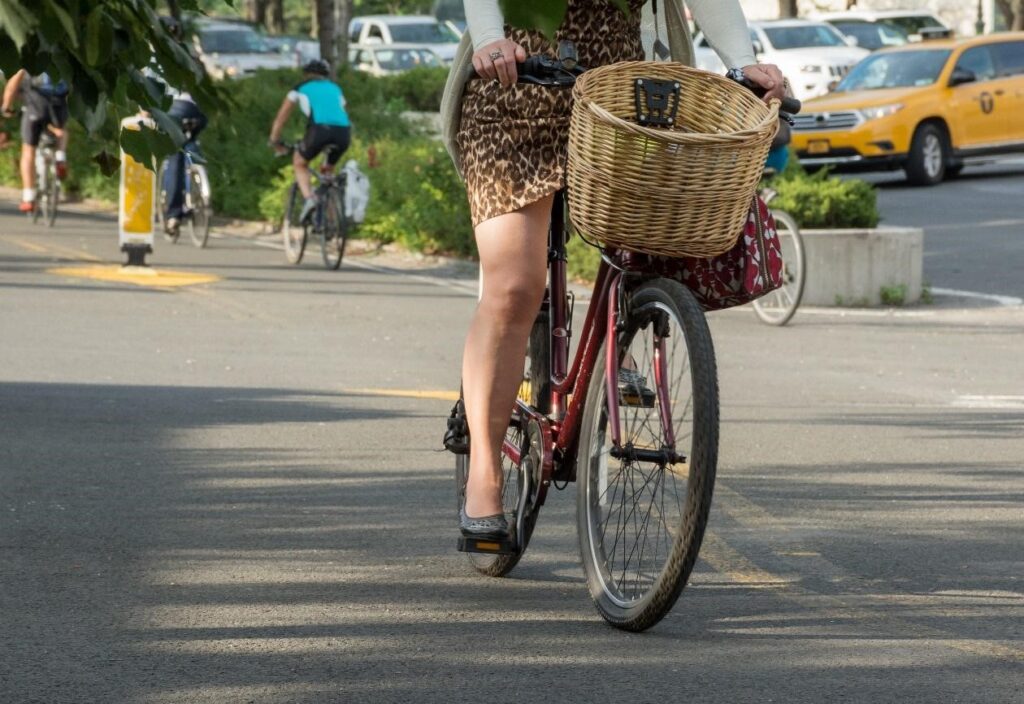
Urban Green Space in New York City
The Hudson River Park Bikeway is the busiest bikeway in the United States. It serves as the go-to-park and daily transportation option for many New Yorkers. The bike path runs the entire length of Hudson River Park from Battery Place at the southern tip of Manhattan to W59th Street, then connects with Riverside Park South taking you all the way to the top of the borough.
As the Netherlands has shown, building wide, physically protected bike lanes encourages people to ride. Not only does the investment in infrastructure send a clear message that bikes are the equal of cars, but it encourages regular folks to get on their bikes. According to NACTO, “60% of the [U.S.] population are ‘interested but concerned’ about biking,” and 80% of those would ride on a separated or protected bike lane.
2. Improving Systems for the Mobility-Impaired in Brno, Czech Republic
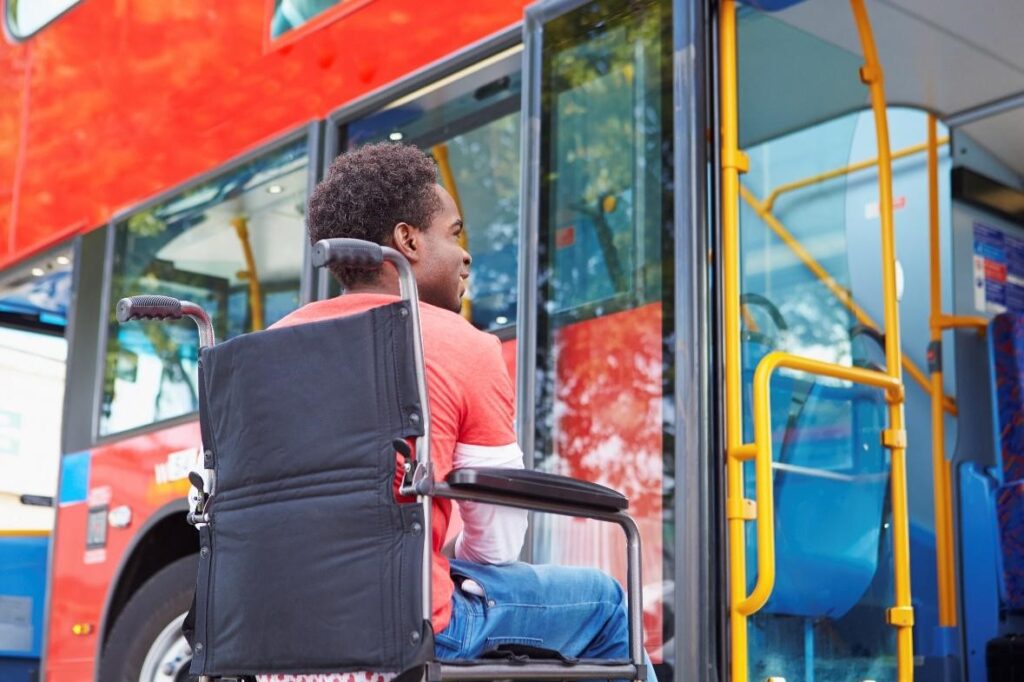
Improving Systems for the Mobility-Impaired in Brno, Czech Republic
Brno, Czech Republic has made substantial improvements in collective passenger transport for the disabled. Specially adapted minibuses now transport a maximum of six wheelchairs at a time. The minibuses are equipped with a modern information system and loading ramp, and require less fuel than standard buses. The minibuses have been a highly successful alternative for mobility-impaired citizens in Brno. According to the U.S. Census Bureau Nearly 1 in 5 People Have a Disability in the United States, building mobility-impaired friendly transit is everyone’s responsibility.
3. Linked Up Light Rail in Zurich, Switzerland
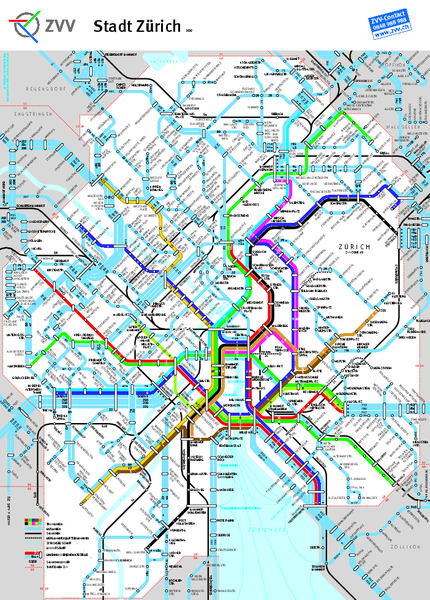
Light Rail in Zurich, Switzerland
Light rail transit (LRT) constitutes 70% of ridership in Zurich, Switzerland and has become a model throughout the world. Zurich’s LRT operates on the surface and alongside traffic and allows for uninterrupted travel between stations through controlled traffic signals. Parking is banned along roads used by LRT and left-hand turns across tracks have been eliminated. Zurich’s key to success is networked mobility.
At Zurich International Airport, an underground railway station is located inside the airport for passengers and all public transport providers are linked together. LRT lines, trackless trolleys, buses and intercity trains traveling in Switzerland and the rest of Europe come together in coordinated waves.
4. Green Freight Transport in Utrecht, The Netherlands
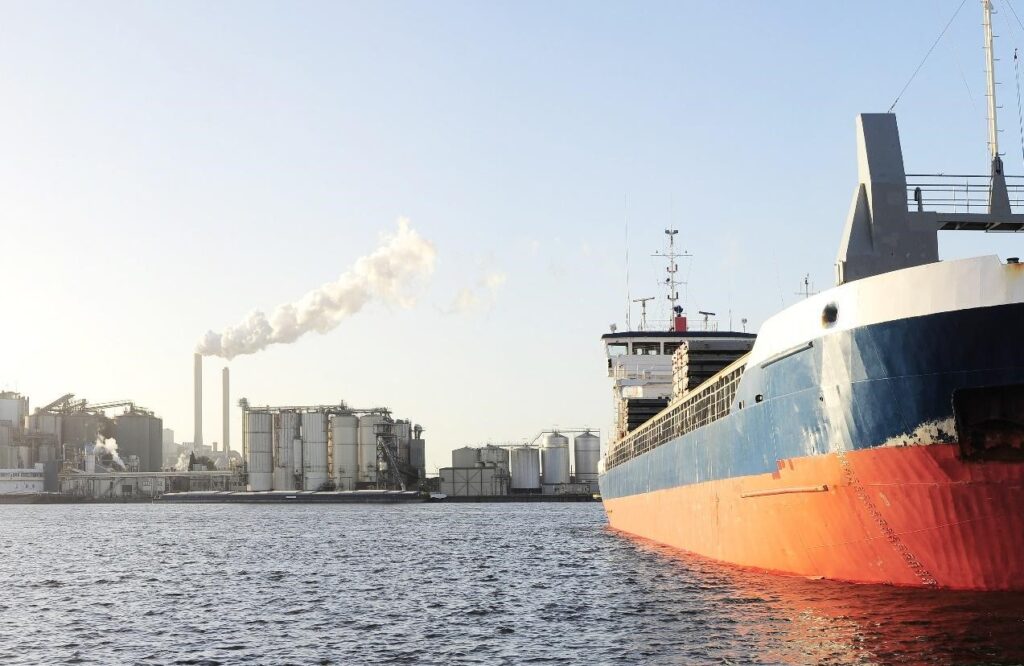
Green Freight Transport in Utrecht, The Netherlands
Utrecht, a vital transportation hub, is located in a region where major roads and railways intersect and is home to a wide variety of enterprises. Two projects have been immensely successful in optimizing freight transport and reducing emissions in Utrecht. Distribution by boat, the Beer Boat uses the city’s canals to transport goods. The Cargohopper, an electric mini-train which is a CO2 neutral, solar-powered train transports the equivalent of eight vans of goods. The Cargohopper drives eight to nine months a year on solar power and in the remaining months runs on green electricity. Using these two alternative modes of freight transportation in Utrecht resulted in less traffic, noise, pollution (73% decrease in CO2) and costs and increased safety and business opportunities.
5. Smart Parking in Russia
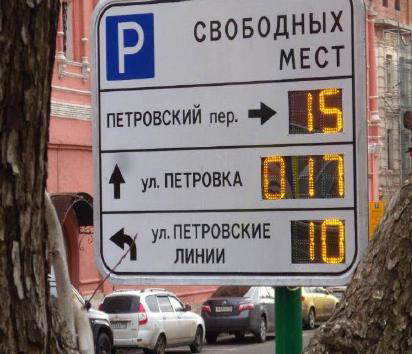
Smart Parking in Russia
The smart parking solution allows the drivers to know the exact position of the nearest parking space, via a mobile app or through street signs, reducing the time spent looking and, thereby, significantly reducing congestion. Cars circling in search for parking make up 30% of traffic in urban environments.
With the reduction in congestion, comes a reduction in pollution and, not to mention, stress. The system also cross-correlates the real-time occupancy information with the payment information and showed that about 55% of drivers were not paying their parking tickets. Current parking apps only know who has paid, not helping the city increase revenue. The real-time information is valuable to law enforcement helping focus their efforts in areas with the highest non-payment rates.
In order to create an equitable and sustainable city, we need to invest in public infrastructure and transportation systems. The only way the New York City Metropolitan area remains livable is for us to embrace innovative transportation technology and planning.

Tom Gray
At Capalino we work with innovation and technology companies to help them succeed in a city like New York. Our team of advisors provide networking opportunities, business development and strategic partnerships to technology and innovative firms looking to enter the New York market and do business with government.
To learn more about how you can bring new ideas to key industries like transportation contact Tom Gray at tom@nullcapalino.com or 212-616-5819.
Get The Latest From Capalino! Sign up for our free weekly newsletter for a roundup of top news and appointments from New York City and State government straight your inbox every Friday. Plus the latest business and funding opportunities, RFPs, City Council Hearings, events and more! Click here to subscribe to Affairs+Appointments.


